Forget coal. Forget electric cars. Forget renewable energy. There is nothing we can do—that would have a greater impact on the health of the planet— than to consume fewer animals.
Unfortunately, a warming globe is just one of many detrimental effects our excessive consumption of animal products has brought about.
Eating meat is the NUMBER ONE cause of:
- Global Warming—Raising livestock and the byproducts of that process account for at least 51% of all worldwide greenhouse gas effects.¹
- World Hunger — We currently produce enough to feed 10–11 billion people worldwide, however, the majority of this food goes to feed livestock, not hungry people.
- Deforestation & Desertification — Livestock covers 45% of the land on Earth. 18x more land is required to feed a meat eater than a vegan. 1/3 of the planet is now desertified, with livestock as the leading driver.
- Species Extinction & Habitat Loss—110 animal and insect species go extinct each day—most of this due to habitat loss from converting forests to fields. For every 1 lb of fish caught, 5 lbs of unintended marine species are caught and discarded.
- Water Depletion, Pollution, and Scarcity—Animal Agriculture is responsible for 1/3 of all freshwater consumption in the world.
- Ocean dead zones—Livestock operations on land have created more than 500 nitrogen-flooded deadzones in our oceans around the world.
After being introduced² to this topic and researching it, I now find myself in the position of knowing what I need to do and having those things very much at odds with what I want to do. By the time you are done reading this post, you may find yourself in the same boat. You’ve been warned.*
I will now lay out the case for reducing our consumption of animal products. I’ll touch on meat’s direct impact on human health, the toll it is taking on the environment, the opportunity cost it represents with regard to feeding starving people, and its effect on our water supply.
*There is hope, however. Stick around to the end and you’ll see some promising developments and predictions.
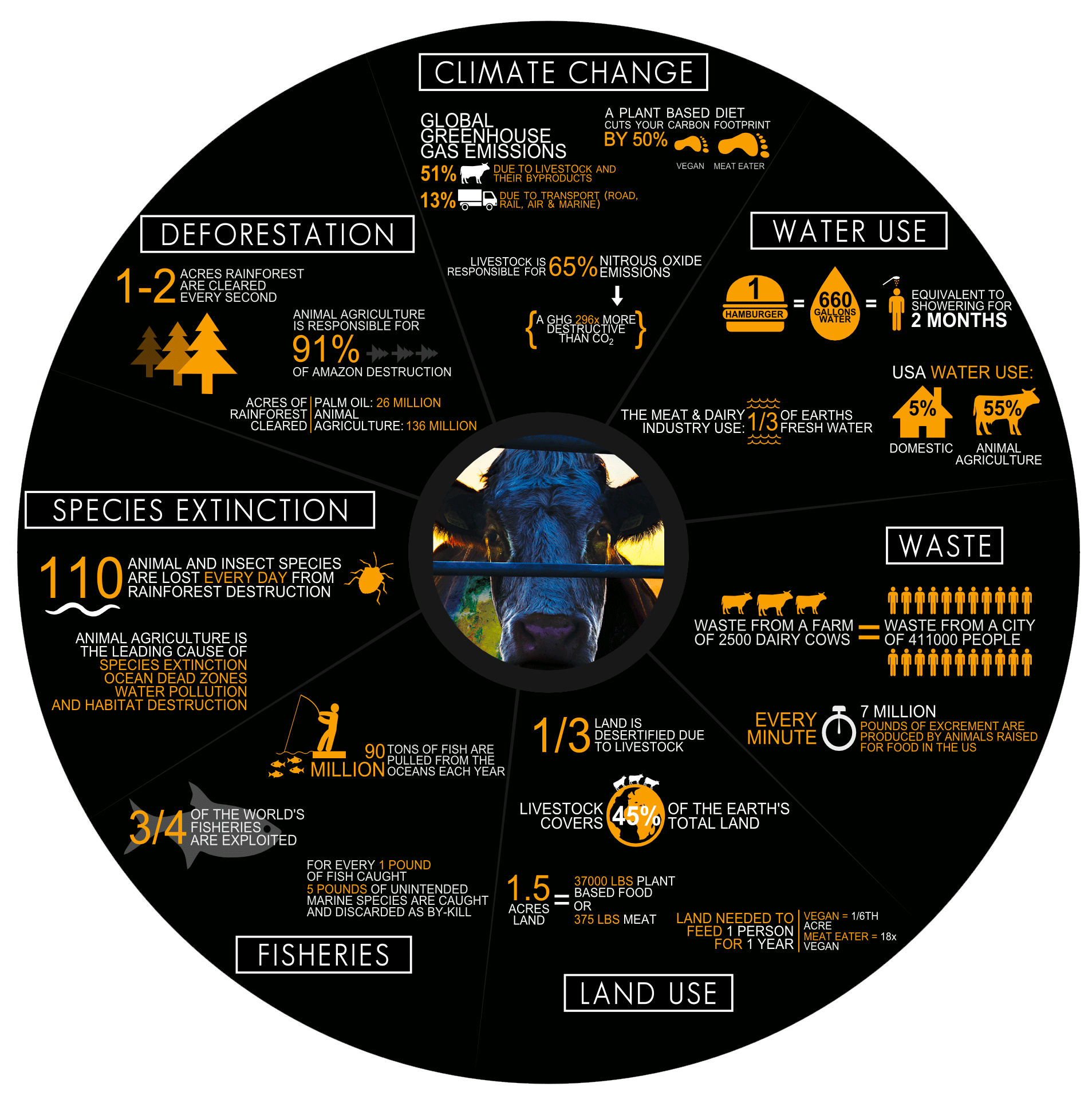
Eating animals is killing us…
The American Institute for Cancer Research, for example, recommend eating no more than 18 ounces of cooked red meats each week to reduce cancer risk, while processed meats should be avoided completely.
Late last month, in an open letter to the World Health Organization, more than 200 scientists, policy experts, and others including Scott Weathers, Sophie Hermanns, and Mark Bittman of the New York Times editorial staff, make a series of policy recommendations for the incoming Director-General to consider.
- Ban the use of growth-promoting antibiotics in animal farming and provide incentives to meat producers to dispose of antibiotics and animal waste in ways that prevent environmental contamination.
- Stop subsidizing factory farming.
- Adopt nutrition standards and implement education campaigns that warn of the health risks of meat consumption.
- Finance research into plant-based alternatives to meat.
While the negative health implications of eating a lot of red meat have been well documented, that has never been enough for me, or indeed many Americans to change our habits. After all, eating poorly just hurts me, right?
Wrong.
…and it’s also killing everything else.
From deforestation, desertification, species extinction, habitat loss, and ocean dead zones our consumption of animals is having widespread catastrophic effects on the ecosystem.
We are destroying forest after forest to graze cows and plant the food to feed them. In the process, we’ve turned an additional 1/3 of the earth’s land into desert.
Through this deforestation and other habitat losses, the diversity of our planet’s ecosystem is weakened, and as a result, is less safe for humans to inhabit.
This guy would like you to save some forest for him.
Biodiversity creates the foundation for health and prosperity on the planet and has a direct impact on all our lives.
Reduced biodiversity means millions of people face a future where food supplies are vulnerable to drought, disease, and pests, and where fresh water is in inconsistent or short supply.
Why are we feeding the cows and not the people?
Humans eat 21 billion pounds of food each day. Cows eat 135 billion pounds of food each day. While we have made dramatic progress in addressing hunger and extreme poverty still nearly 1 in 9 people live with hunger on a daily basis. With our global population now at 7.5 billion people, that’s an estimated 805 million people suffering from chronic hunger.
Even in America. 42.2 million people are food insecure—a state in which “consistent access to adequate food is limited by a lack of money and other resources at times during the year” as defined by the USDA.
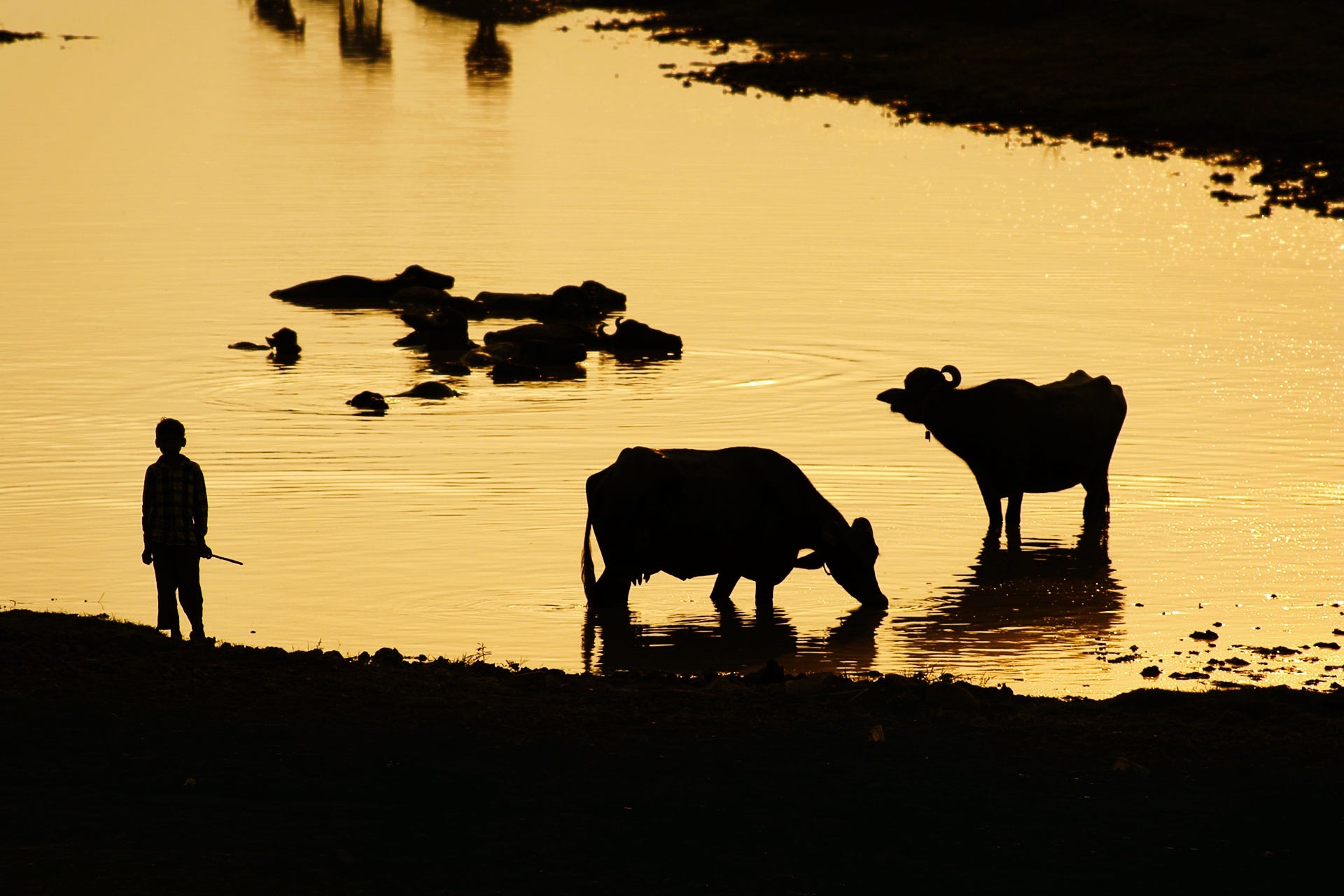
Future generations will curse how wasteful we were with our most important resource: water.
Covering 70% of our planet, it’s easy to think that water will always be plentiful. Freshwater, however — what we use to drink, bathe, clean, and irrigate with — is incredibly rare. Only 3% of the world’s water is fresh, and two-thirds of that is tucked away in frozen glaciers (not for long) or otherwise unavailable for our use.
The meat and dairy industries use 1/3 of all the fresh water on earth. In the U.S. 55% of all water use is for animal agriculture.
As Westerners, we should not wait for this to be an issue here at home³.
It’s not just the cow burps*…
A lot has been written about the effects of livestock emissions on the ozone, and there are even initiatives like The Clean Cow Project of the Danish, Royal DSM aimed at reducing the amount of methane produced by cows.
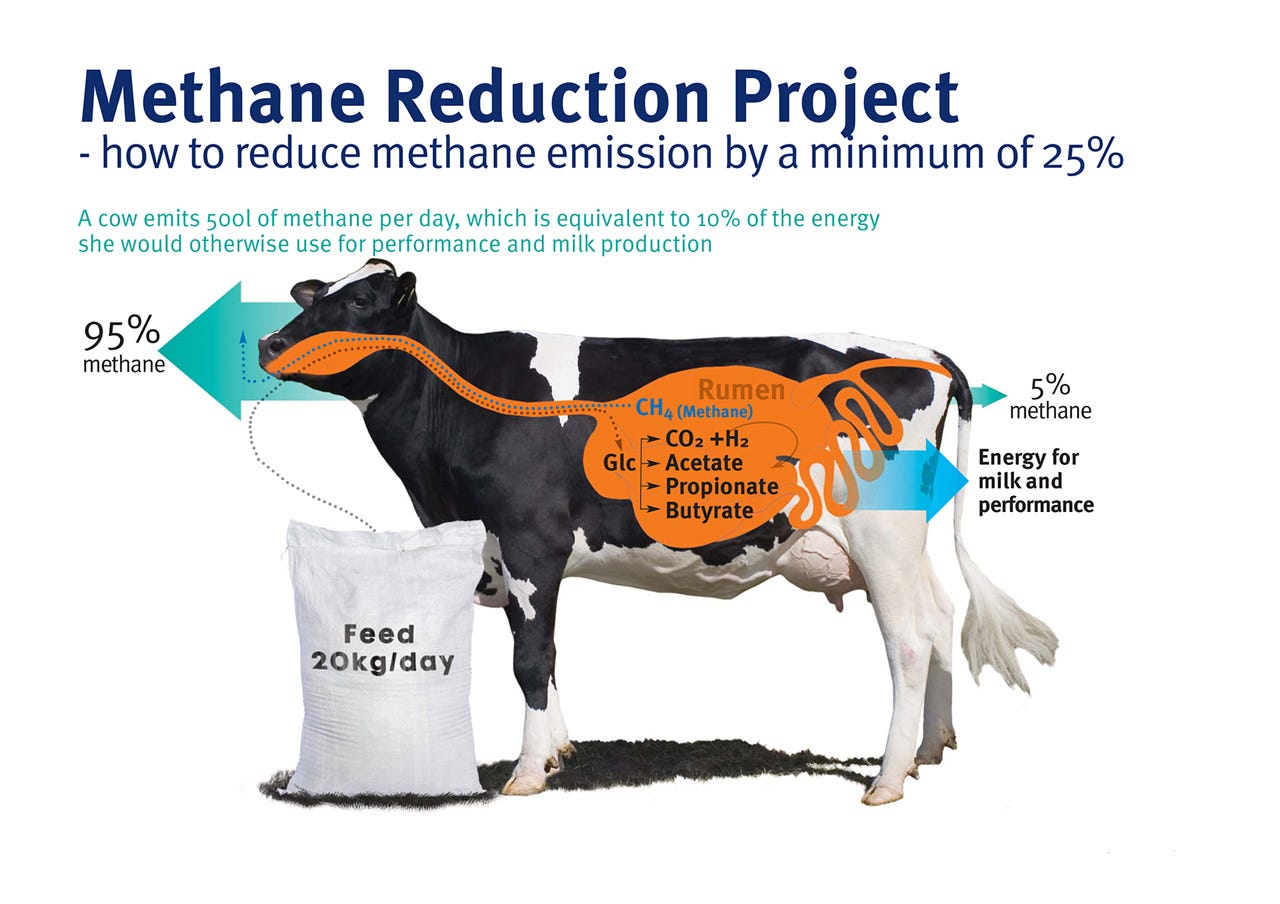
With estimates indicating we now keep 24 billion animals as livestock (yes, we each get 3.2 animals each—I’d like a goat), and when we factor in the gas emissions from all those animals and their manure, we are left with a very bleak outlook for halting the warming of the planet and one that cannot be solved by emissions reduction alone. We need to reduce the number of animals.
Cows alone, produce 150 billion gallons of methane per day. Methane sticks around a lot longer and is 25–100 times more destructive, than CO2 over a 20 year span. But in addition to the methane, and CO2 emissions, livestock produce 65% of all human-related nitrous oxide (N2O) emissions—a greenhouse gas with 296 times the global warming potential of carbon dioxide, and it stays in the atmosphere for 150 years.
Even if we halted all usage of fossil fuels today, we will still exceed our 565 gigatonnes CO2 limit by 2030, from raising animals alone.
Factory farming hurts animals and farmers
It is very difficult to get numbers on the number of animals killed in livestock production each year. One of the reasons is that people don’t care enough to account for each life. Even some primary statistical gatherers use weight and not a count of individual animals. But I’m going to provide this as my best estimate:
Globally, 153,424,658 farmed animals are killed each day.
That is a really difficult number to fathom. And then when you add to that, the number of marine animals that die each day, the numbers become even more staggering. I had no idea.
“FUN” FACT: The United States, China, and Brazil consume a staggering 46% of these animals. The United States alone consumes roughly 20% of all animals slaughtered for food even though it contains fewer than five % of the world’s population.
Corporations recognize this and go to great lengths to obscure and confuse the facts. (Sound familiar? Why do we keep letting our oil, tobacco, food, insert industry here, keep doing this to us?). Factory farming⁴ is cruel to animals in ways that have been well documented.
What’s worse, the big beef & dairy industries use their lobby, their power, and their ruthlessness to exert tremendous pressure on our society. This has come in the form of ubiquitous advertising and propaganda, such as the Beef. It’s What’s For Dinner and Got Milk? campaigns to laws and lawsuits⁵, and even murder⁶.
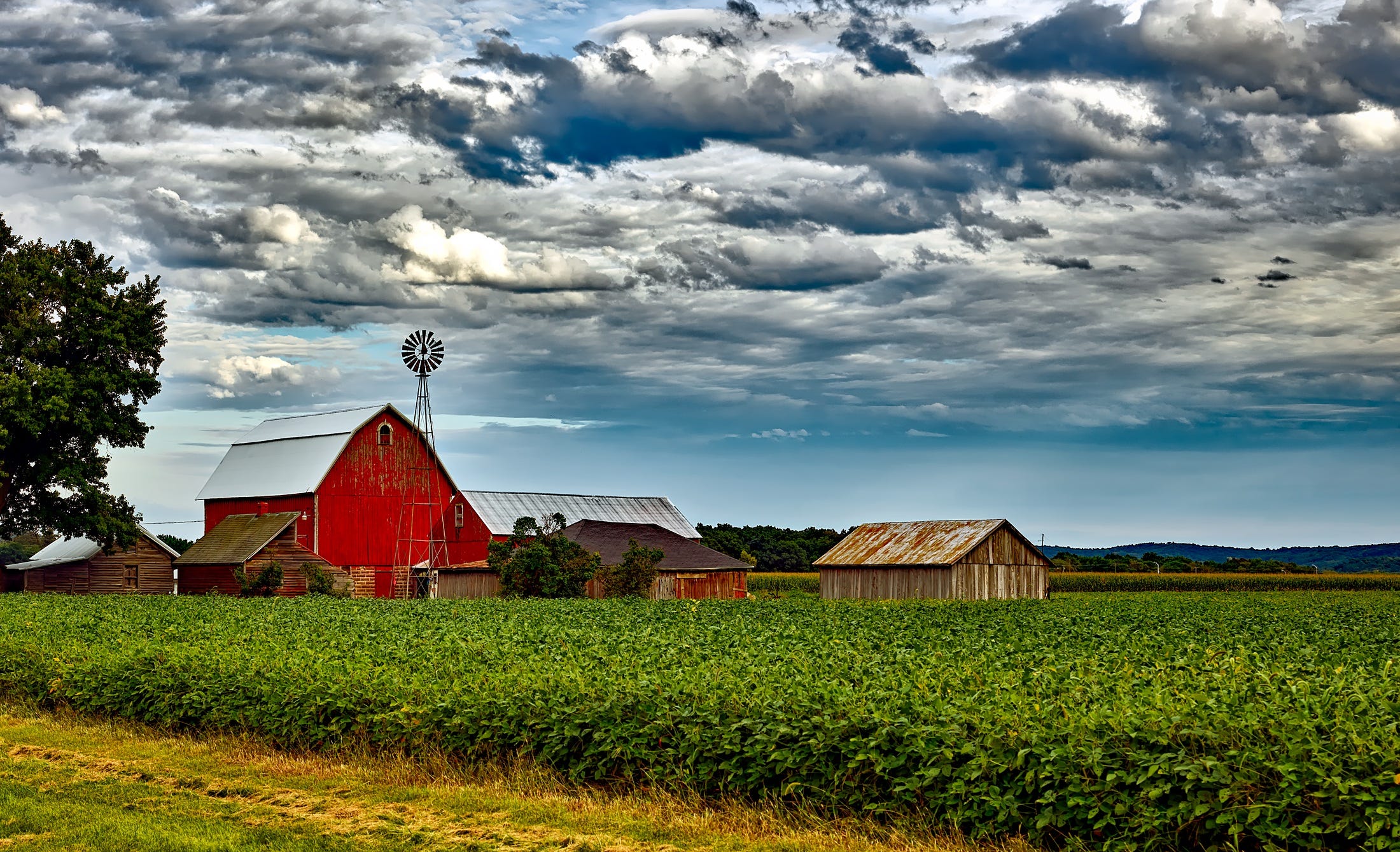
So the animals are certainly not benefiting, but most farmers are not benefiting from this system of production, either. This is because they are not getting paid much for the livestock that they raise, they’re getting sick or injured from the conditions they work in, or they are simply put out of business by huge corporate competitors.
It’s also very expensive…and we’re paying for it
Meat shouldn’t be as cheap as it is. We shouldn’t be able to buy any sort of burger for a dollar or two. And we wouldn’t be able to if it weren’t for our tax dollars. In fact, U.S. taxpayers spend $38 billion each year to subsidize meat and dairy production. This shouldn’t come as such a surprise, since the cost to raise a cow is roughly $500, yet the average market value of a cow is only $245.
In his book Meatonomics*, David Robinson Simon describes these costs and many more as externalized costs. Externalized costs are negative effects of producing or consuming a good that is imposed on a third party and not accounted for in the sticker price of an item.
*The book’s subtitle is also a mouthful: How the Rigged Economics of Meat and Dairy Make You Consume Too Much and How to Eat Better, Live Longer, and Spend Smarter
There are also health-related costs. According to the estimates provided in the Meatonomics Index, 1/3 of all U.S. cases of cancer, diabetes, and heart disease are related to meat and dairy consumption. The annual cost to treat those cases is then estimated to be $314 billion.
Another estimate puts the costs to the U.S. of the greenhouse gases emitted, water used, and healthcare required from producing and consuming meat at $72 billion per year, or $1.51/burger we eat.
While the actual dollar estimates vary, what doesn’t is the magnitude of the problem. It is very large and only getting larger. Over the next 30 years, worldwide demand for meat and dairy is expected to increase by 60- 70%. [source: Impossible Foods Sustainability Report 2017]
Here’s the equation. Plug in your own numbers.
(Taxes Paid to Subsidize Meat Production + Health Costs + Climate Destruction) x Animal Suffering = True Cost of Eating Meat & Dairy
The ultimate irony is that the very people buying these “cheap” products will wind up footing the bill for externalized costs. Taxpayers underwrite billions of dollars in government subsidies that provide steeply discounted feed for animals on factory farms. While corn, soy, meat, and dairy are all subsidized, fruits and vegetables are deemed “specialty crops” that receive less than 3 percent of all federal subsidies. Thus, taxpayers are forced to fund a system that will cost them trillions of dollars in health care and environmental costs while ensuring that large parts of the population cannot afford or access healthy, sustainable foods. [source: The True Cost of a Cheap Meal]
Yet this is propagated because we like to stay in the dark about things we don’t want to change. And because the large industries use their immense profits to ensure it stays that way, we continue to pay for their externalized costs.
Ben, are you really going to stop eating meat?
Despite the length of this post, there is much I have left out. There are just so many impacts and costs produced by our dietary choices, that it is difficult to delve into each facet. Despite this, the short answer to whether I will stop eating meat is, no. But like most things, it’s nuanced.
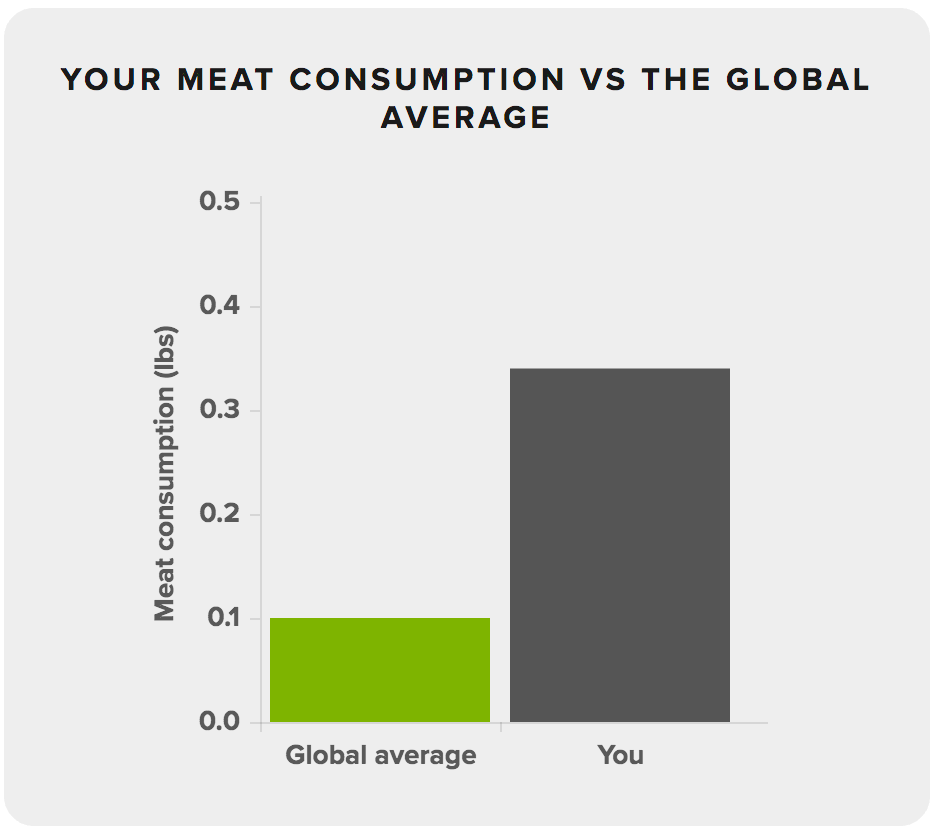
On a typical day, I usually eat one to two meals containing meat, poultry, or seafood. That puts my meat consumption at 3.4 times the global average.
I eat more meat than 96% of people on the planet. You probably do too. Even if you only eat one meaty meal per day, your meat consumption is 2.3 times the global average or more than 82% of the world.
You may have heard of Meatless Mondays. I’m afraid the time for that level of reduction has come and gone. I am pledging to observe Meat Mondays—I’ll only eat meat one day per week. When I do, I will choose grass-fed or otherwise sustainably harvested meats until such time as I can exclusively choose “clean meats”—but more on this later.
By making this change I’ll have the following impacts each month:
- 1.9 farmed animals will be spared from cruelty
- 62.8 gallons of water and 174.2 lbs. of CO2 will be saved
- My risk of heart disease, diabetes, and certain kinds of cancers will be reduced
If I choose to be entirely vegan, I could save one animal's life every single day. While I do eventually plan on reducing egg, dairy, and other animal-based products I consume—let’s be realistic—I’m going to need some cheese to get through this transition period.
If you’ve read to this point and are feeling uncomfortable, that’s ok. Welcome to the club. You now also find yourself in the position of knowing what you need to do, and it is very much at odds with what you want to do.
The case is pretty clear. If we proclaim to care about the environment but continue to consume animal products at our current rates, we all are hypocrites. It doesn’t matter if we compost, drive an electric car, take 5-minute showers, or any of those other things we think are making a difference. The fact is, that changing our diets is the most effective way to secure a safer, healthier world for future generations. Sorry, but I did warn you.
I know what you might be thinking. But bacon…
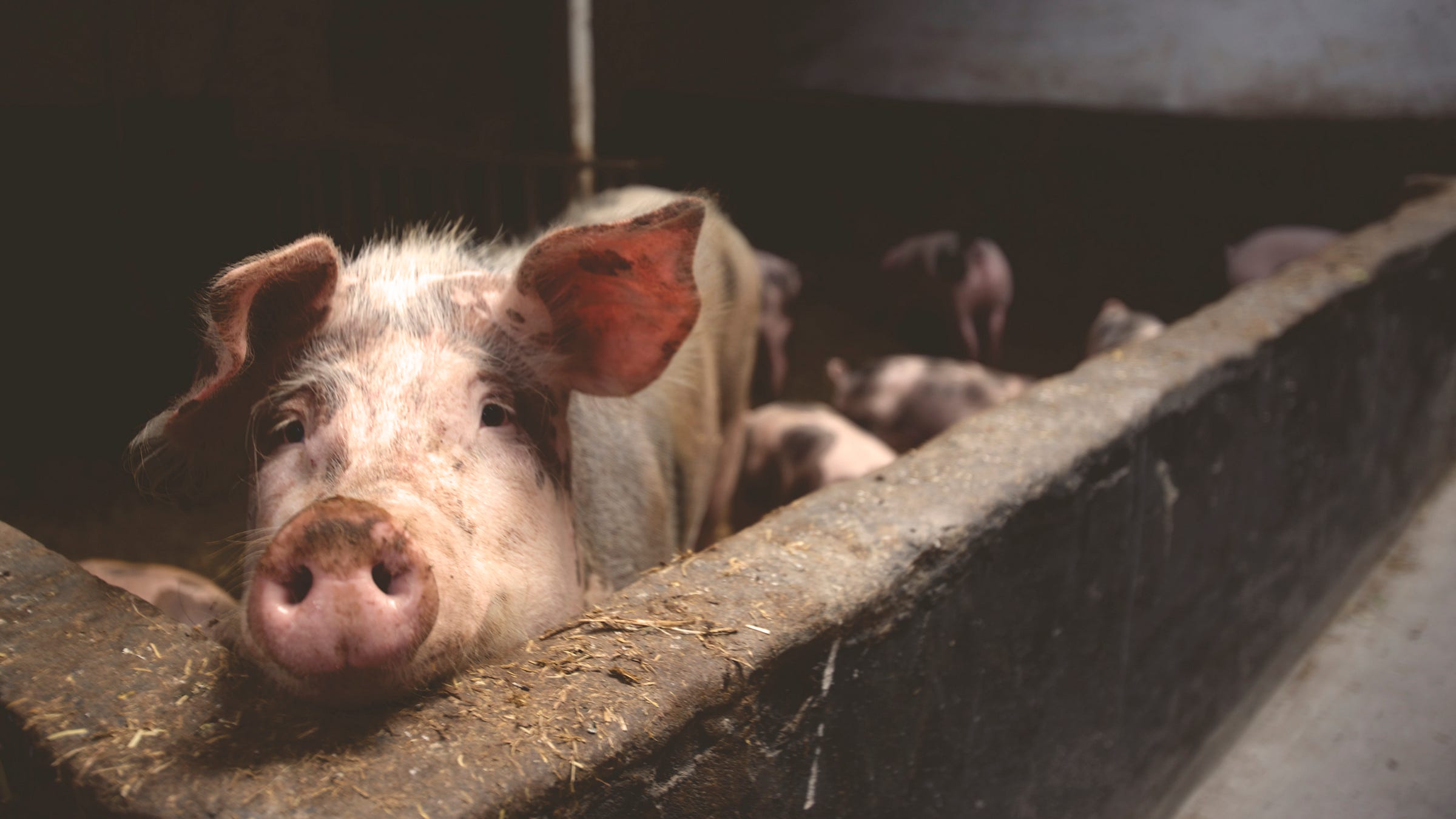
Here’s the hope-y change-y stuff I promised
I promised some good news—some hope. I think there is plenty of reason for optimism. Humans are incredibly adaptable. We can make changes for the better. I firmly believe that in 50 year’s time, the idea of eating animals will seem archaic and barbaric. “Clean meat”—that is meat cultured/created without killing animals—will be able to get to parity with conventional meat in taste and texture, while allowing consumers to maintain their dietary preferences for animal meat while removing many of the inefficiencies and harms of current meat production.
Clean meat production requires far less land and water than conventional meat, will produce exponentially less climate change, and will eliminate the severe environmental repercussions of animal waste and contamination via runoff. It also requires no antibiotics, produces no bacterial contamination, and will not harm animals.
This will happen in my lifetime. I think you’ll safely be able to have moral superiority over your friends by consuming only clean meats in less than a decade. All it will take is for us to accept and buy it, rather than what we’re used to buying. If your meat cooks and tastes the same, has the same nutritional value (maybe even better), and doesn’t kill an animal or pollute the earth, you’d have to be an asshole to eat the “natural” hamburger⁷.
While I don’t believe this to be the case, I have to acknowledge that I may be falling into the same optimism trap as Sir Winston Churchill.
While this may not have happened by the 80s when Churchill predicted (we were too busy learning about sushi and perfecting Totino’s Pizza Rolls), the day is already here when we can produce real burgers, meatballs, chicken, duck, milk, and cheese—even gelatin and leather without the raising and killing of animals.

Cultured meat (some call it “clean meat”) is coming. And plant-based alternatives are getting better and better. Many are now passing our cooking and tasting “Turing tests”.
And while we still have to wait for many of these products real meat tissue products to be widely available, there are great strides being made in plant-based alternatives. Beyond Meat makes a burger that supposedly looks, cooks, and tastes like a burger and is now available at Whole Foods and some Safeway stores. The Impossible Burger is probably best known for being served at Umami Burger restaurants and a few other places in the Bay Area. I’ve had one. It’s good. There are egg-less egg whites and mayo that taste great and are fooling taste testers. Even the more “traditional” soy-based chik’n nuggets and black bean burgers have come a long way since the turn of the last century when many of us were first introduced to them⁸. And people are taking notice.
According to the Plant-Based Foods Association, the factors driving the incredible growth in consumer demand for meat substitutes include:
- Increased awareness of the health risks of eating meat, including cardiovascular disease, cancer, and diabetes;
- Better understanding of the environmental impacts of industrialized meat production, including greenhouse gas emissions, pollution, negative impacts on farmland and oceans, and increased water use;
- Public concerns over animal welfare abuses and industrial meat scandals, including food-borne illness outbreaks.
I am looking towards organizations like The Good Food Institute and New Harvest to catalyze and magnify these efforts and bring these products to the mainstream.
Why shouldn’t we get there? Why can’t we do everything we can to bring this to fruition? We’ve done much more difficult and amazing things before.
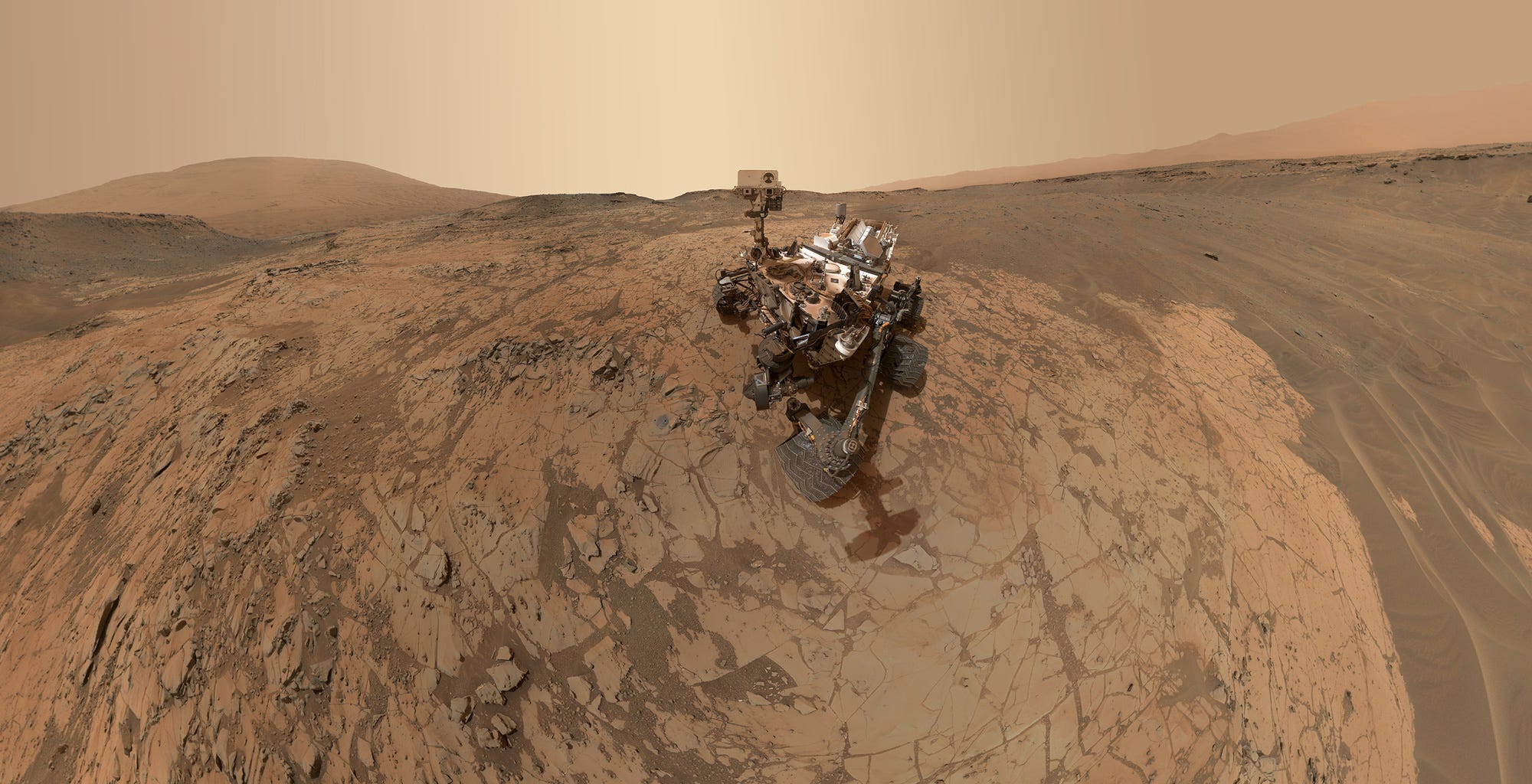
There are a lot of statistics in this post and most of them can be (and are) disputed by various groups and organizations. Not surprisingly, the beef and dairy lobby has gone at a number of these hard. In most cases, I have tried to backup the usage of a particular stat by researching the source and how they were derived. It started to become cumbersome to annotate all those sources in the post so I have added an Endnote post for these items. Enjoy.

Comments